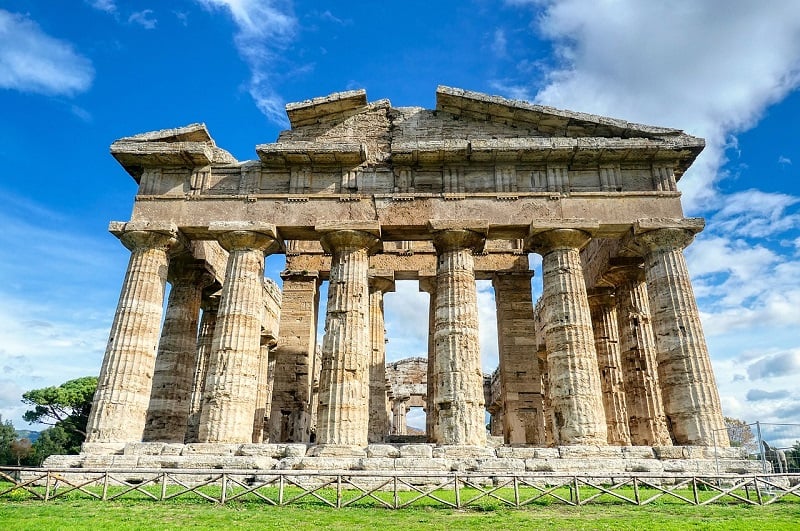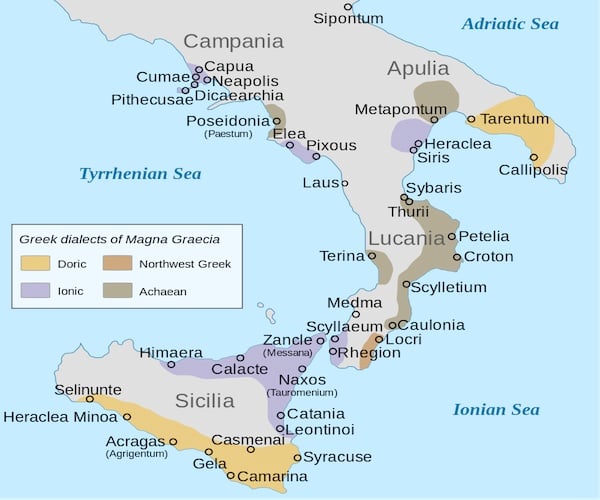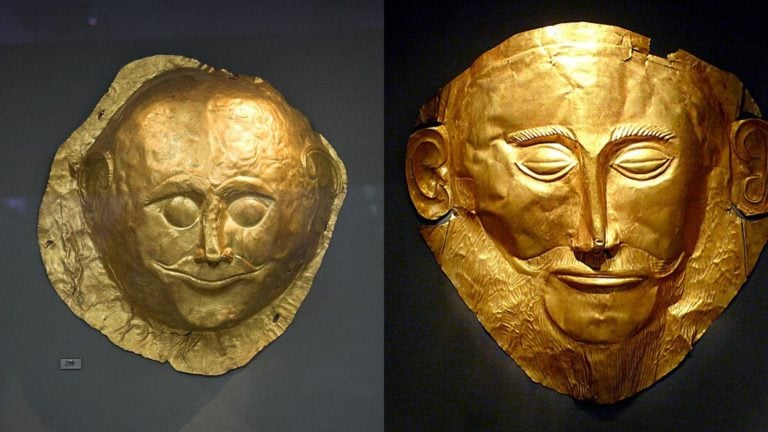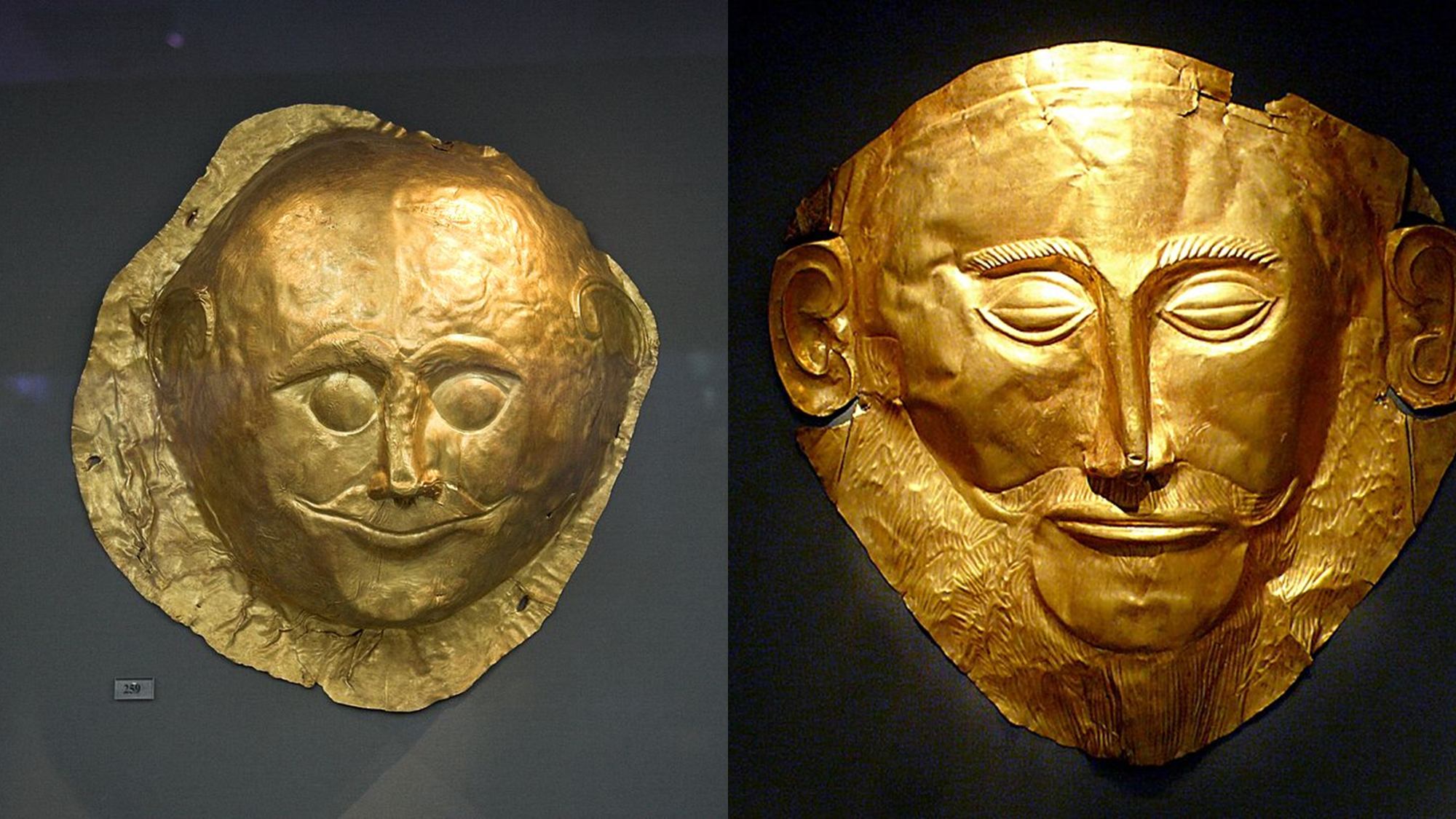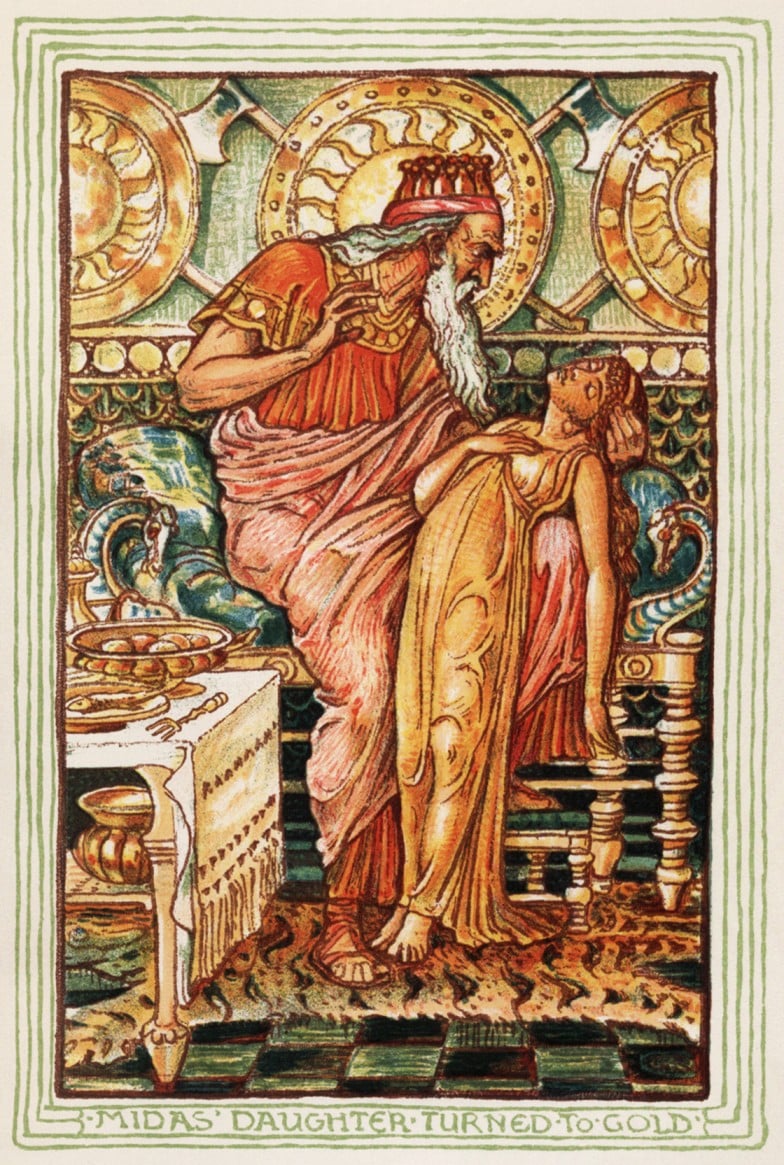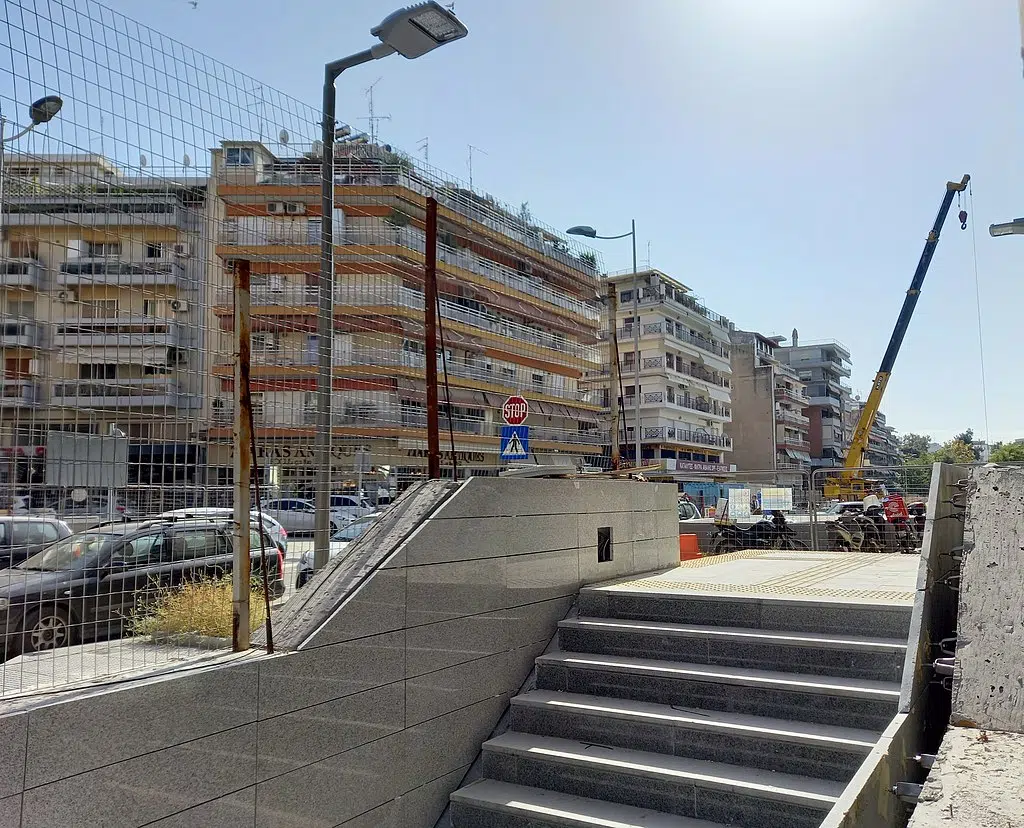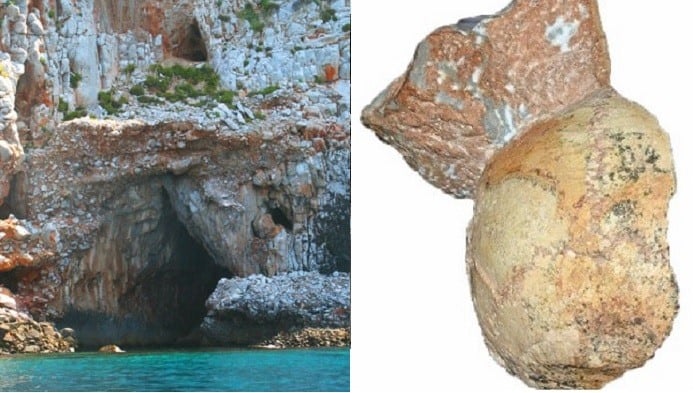
A partial skull found in a cave in Southern Greece is the earliest evidence of the presence of Homo sapiens outside of Africa, scientists say.
In 1978, archaeologists excavating Apidima Cave on the Mani Peninsula of Greece discovered two significant fossils: a partial skull and a jawbone. These fossils were originally thought to belong to Neanderthals, the archaic human species that dominated Europe in the Middle Paleolithic era.
However, a reexamination of the fossils in 2019 revealed that they were much older than previously thought and that one of them belonged to a Homo sapien, the first anatomically modern human species.
Homo sapiens skull in Greece 150,000 older than others found in Europe
The team of researchers dated the skull to about 210,000 years old, which makes the skull about 150,000 years older than the oldest fossil of Homo sapiens found in Europe. This also makes it the third-oldest known example of modern humanity.
A second skull found in the same location was estimated to be at least 170,000 years old and belongs to Neanderthals, a species widespread in Europe until 40,000 years ago, when Homo sapiens took over.
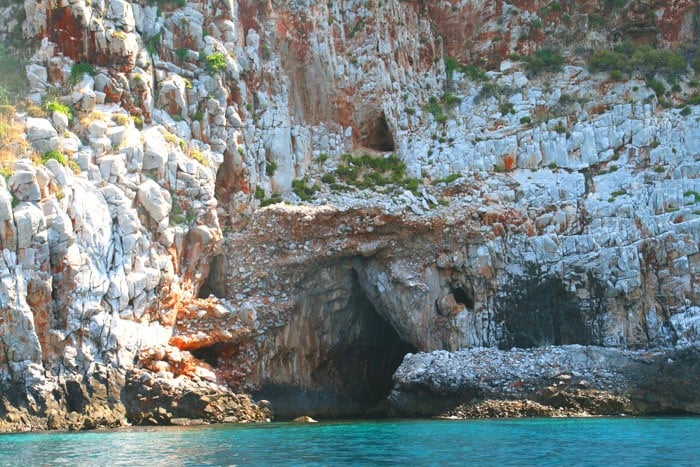
Initial attempts to determine the age of the skulls were inconclusive in part because the skulls were found wedged high in cave walls. There may have also been interference from mudflow.
Greek researcher Katerina Harvati, director of Paleoanthropology at the Eberhard Karls University of Tübingen in Germany, and her colleagues found the relevant skull fragments in the Museum of Anthropology at the University of Athens.
Both were recognized as human fossils of some sort but had not been dated or properly analyzed. Dr Harvati and her team have now done so, using computer reconstruction, a technique unavailable to the original finders.

The research team ended up creating virtual reconstructions of parts of the skull and used a radiometric dating method—one that analyses the decay of uranium to determine the age. The challenge scientists now face is to figure out how Apidima 1 fits into our ancient history.
Over the past two decades, researchers have gathered a great deal of evidence indicating that human populations living outside of Africa today, all descended from small groups of migrants who departed the continent some 70,000 years ago.
Expansion of Homo sapiens into Europe from Africa
Archaeologists have documented it by tracking the spread of human DNA from remains and tools from Africa.
Dr. Harvati said that Apidima 1 points to an early expansion of Homo sapiens into Europe from Africa.
That wave of humans may have thrived outside Africa because they brought better tools. “If there’s an overarching explanation, my guess would be a cultural process,” Dr. Harvati said.
Greece might be a good place to test this idea. Southeast Europe may have served as a corridor for various kinds of humans moving into Europe, as well as a refuge when ice age glaciers covered the rest of the continent.
“This is a hypothesis that should be tested with data on the ground,” Dr. Harvati said. “And this is a really interesting place to be looking at.”
Dr. Harvati added “This discovery highlights the importance of Southeast Europe for human evolution.
Given the site’s importance, a 5-year program of field investigation was undertaken by the Norwegian Institute in Athens, led by Prof. Harvati and Dr. Tourloukis (University of Tübingen).
This research aims to investigate the chronology, site formation processes, and additional paleoanthropological and paleolithic evidence from the cave complex.
Work began in 2022, and the first season focused on securing safe access to the site itself and to all the caves of the complex. Development of a three-dimensional excavation grid was also a goal, as was conducting a geoarchaeological assessment of cave sediments and limited cleaning of surfaces.
The discovery of the Apidima fossils is a major breakthrough in our understanding of human evolution. It suggests that the story of how humans spread out of Africa is more complex than we once thought, and it raises new questions about the interactions between Homo sapiens and Neanderthals.
Related: 153,000-year-old Homo Sapiens Footprints Identified








